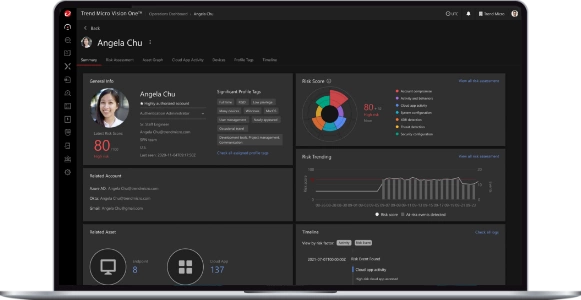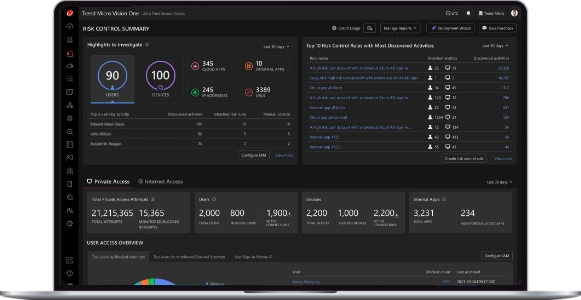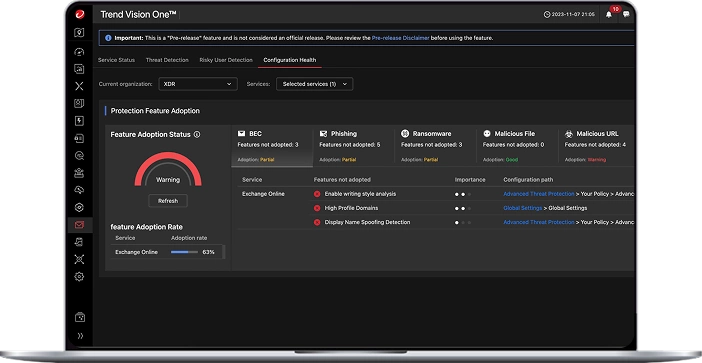What if your organization is the next target of a sophisticated cyber attack? This question looms large as cyber threats become more complex and pervasive. You might have heard of Advanced Persistent Threat (APT) groups like UNC3886. Understanding their tactics and learning how to defend your systems against them is crucial for safeguarding your critical infrastructure.
This image is property of trendmicro.scene7.com.
Overview of UNC3886
UNC3886 is an APT group that primarily targets critical infrastructure sectors. These include telecommunications, government, technology, and defense systems. It’s alarming to note that the group was recently involved in a cyber attack in Singapore, highlighting their capability and intent to disrupt and exploit vulnerable systems.
Understanding their operational footprint can provide insight into vulnerabilities that might be lurking within your organization. By recognizing how UNC3886 operates, you can better prepare yourself and your organization against potential threats.
The Profile of UNC3886
Identifying who UNC3886 is and what they seek is the first step in understanding their threat to your organization. Known for their sophisticated techniques, they tend to exploit high-value infrastructure, which can lead to substantial operational disruption if successful. Their preferences in target selection reveal that they’re not just random attackers; they are strategic in their approach, seeking to leverage maximum impact through their cyber campaigns.
Exploitation Focus
One of the defining characteristics of UNC3886 is their rapid exploitation of zero-day vulnerabilities. These exploits often target critical issues in network and virtualization devices. Some of the notable systems under fire include:
| Device Type | Notable Vulnerabilities |
|---|---|
| VMware vCenter/ESXi | Exploits targeting management interfaces |
| Fortinet FortiOS | Weaknesses in firewall configurations |
| Juniper Junos OS | Flaws in routing and switching capabilities |
Understanding these vulnerabilities can help you enhance your organization’s security posture. The quicker you identify where these points of exploitation lie, the more effective your defenses will be against UNC3886.
This image is property of trendmicro.scene7.com.
Toolsets Utilized
To achieve their goals, UNC3886 employs a variety of custom tools that enhance their operational capability. Familiarizing yourself with these tools can help you anticipate potential threats your organization may face. Here are some of the primary tools in their arsenal:
TinyShell: A Covert Remote Access Tool
TinyShell is designed for stealth, allowing attackers to maintain access to compromised systems without detection. Your organization must ensure that monitoring systems are in place to detect any unauthorized remote access attempts.
Reptile: A Stealthy Linux Rootkit
Reptile sits quietly within the operating system, making it hard to identify. Rootkits can manipulate system functions to conceal illicit activities. By using advanced detection methods, organizations can better identify the presence of such malicious software.
Medusa: An Integrated Capability Tool
Medusa merges various capabilities aimed at enhancing persistence and evasion. This toolset can exploit multiple attack vectors simultaneously, demonstrating the sophistication of UNC3886’s operations. With tools like this in play, looking out for unusual behaviors in your network is key.
Tactics for Defense
Understanding how UNC3886 conducts their attacks is essential in crafting effective defensive strategies. Their tactics often employ layered persistence and advanced defense evasion techniques. Let’s break these down further.
Deployment of Rootkits
Rootkits are often employed to maintain access to a system while evading detection. To defend against this tactic, implementing robust antivirus solutions and intrusion detection systems is essential. Constant monitoring of system integrity can alert you to anomalous changes indicative of a rootkit’s presence.
Living-off-the-Land Tactics
UNC3886 employs living-off-the-land strategies—using existing tools and environments already in place within your infrastructure. By doing so, they blend in, making detection exceptionally challenging. You can counteract this tactic by ensuring a strict governance model covering all applications and tools used within your systems. Regularly review and audit permissions to minimize potential misuse of legitimate tools.
Backdooring and Replacing Core System Binaries
The group also focuses on backdooring or replacing core system binaries, a practice that can seamlessly integrate their exploits within a compromised system. This level of intrusion can lie undetected until severe damage has occurred. Implementing regular system scans and employing whitelisting techniques can help fortify defenses against these types of attacks.
This image is property of trendmicro.scene7.com.
Objective
The primary objective of analyzing and understanding UNC3886’s tactics is to strengthen your defenses against both ongoing and emerging threats. By having a clear understanding of their strategies, you can build a more resilient cybersecurity framework that will evolve alongside these threats.
Enhancing Cyber Resilience
Creating a robust cybersecurity framework isn’t a one-time effort but rather an ongoing process. Engaging your entire organization—from top-level management to end-users—is vital in fostering a culture of cybersecurity awareness. Regular training sessions on recognizing phishing attempts and potential security threats can go a long way in building a strong first line of defense.
Continuous Threat Monitoring
Utilizing threat intelligence platforms to stay updated on emerging threats related to groups like UNC3886 can provide you with insights necessary to adapt your defense strategies. By analyzing the threat landscape continuously, you can tailor your response effectively to counter potential vulnerabilities.
| Defensive Strategy | Implementation Tips |
|---|---|
| Regular Vulnerability Assessments | Conduct quarterly checks |
| Incident Response Plans | Create and rehearse a response blueprint |
| User Education | Host regular training sessions |
Building a Response Team
An essential component of defending against APT attacks, such as those mounted by UNC3886, is having a dedicated incident response team. This team should consist of skilled professionals who are well-versed in recognizing and reacting to cyber threats efficiently.
Role of the Incident Response Team
The primary role of this response team is to promptly address any security breaches while minimizing damage. It’s also vital that this team remains informed about the latest tactics and techniques used by threat actors, allowing them to craft effective response strategies.
Establishing Clear Protocols
Your incident response team should operate under a clear set of protocols that delineate roles and responsibilities during a security event. This clarity not only aids in a more structured approach but also enhances the overall effectiveness of your response efforts.
This image is property of trendmicro.scene7.com.
Conclusion
Understanding and defending against the risks posed by advanced persistent threats like UNC3886 requires vigilance, education, and the implementation of effective strategies. By acknowledging their tactics and staying informed, you can enhance your organization’s cybersecurity defenses significantly.
Consequently, it’s advisable to continuously assess your cybersecurity posture, adapt to the evolving threat landscape, and remain proactive in safeguarding your critical infrastructure from these potential threats. Emphasizing awareness, training, and collaboration can empower everyone within your organization to contribute actively to a secure environment.
By remaining on alert and ready to adapt, you can not only defend against present risks but also position your organization to withstand future threats as they emerge.


